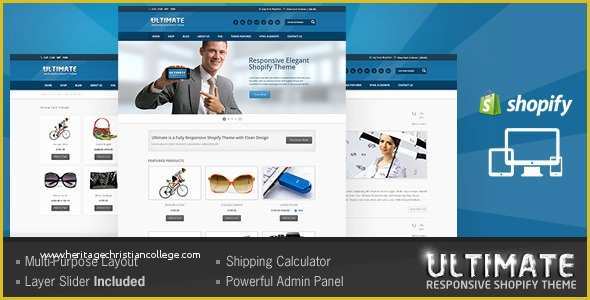

- #SHOPIFY HTMP TEMPLATES FOR PAGES HOW TO#
- #SHOPIFY HTMP TEMPLATES FOR PAGES CODE#
- #SHOPIFY HTMP TEMPLATES FOR PAGES FREE#
We want you to know exactly what kind of service you obtain, so here is a brief overview. Once we have all the necessary data, we’ll help you create a fully functional website based on one of our Shopify themes. Eventually, if you purchase the service, you’ll spend NONE of your time – the entire job is on us.Īfter making a purchase, you’ll be contacted by our team with a request to provide us with information about your online store.

You don’t have to be an experienced web developer or spend time obtaining certain skills. The Kit is created for users who don’t want to worry about website matters. And most importantly, this option is relatively inexpensive, simple and fast. If you are a beginning retail entrepreneur planning to launch an online store but have no particular experience in website development, we have an option. If you want me to be more helpful, I should certainly tell you about the new Shopify Business Startup Kit. Hopefully, this guideline was helpful and you got the idea.
#SHOPIFY HTMP TEMPLATES FOR PAGES FREE#
It contains the theme locale files which are used to provide translated content for the theme.įeel free to check the detailed video tutorial below: The locales directory: The locales directory is rendered as the Locales folder in the Admin. json file, which stores the merchant’s Theme Settings preferences.

This directory also contains the settings_data. json file can be used to render Theme Settings form when changing the look and feel of a store. It includes a settings_schema.json file and a settings_data. The configs directory: The config directory is rendered as the Configs folder in the Admin. Use the asset_url filter to reference a theme asset in your templates. It contains all the assets used in the theme, including images, stylesheets, and javascript files. The assets directory: The assets directory is rendered as the Assets folder in the Admin. Use the include tag to load a snippet into your theme.
#SHOPIFY HTMP TEMPLATES FOR PAGES CODE#
It contains all the theme’s Liquid snippet files which are bits of code that can be referenced in other templates of a theme. The snippets directory: The snippets directory is rendered as the Snippets folder in the Admin. It contains template pages (categories, cart, etc.). The templates directory: The templates directory is rendered as the Templates folder in the Admin. All Liquid templates inside the templates folder are rendered inside the theme.liquid file. It contains theme layout templates which by default is the theme.liquid file. The layout directory: The layout directory is rendered as the Layouts folder in the Admin. After you’re done, it will be possible to add your custom code there: Or create a file in the admin panel directly, input its name and extension using Create a blank file button. In pop-up window you’ll have two options – upload a file from your computer directly using Browse button: To add/create a new file, access Assets and click Add new asset: Select the file from the left sidebar and click it.Įdit the file and click ‘Save’ at the top right: Navigate to Online Store -> Customize Theme:

Log into the Shopify Admin with your login credentials. In order to edit html/css files, you should perform the following:
#SHOPIFY HTMP TEMPLATES FOR PAGES HOW TO#
This tutorial will show you how to edit html/css files in Shopify.


 0 kommentar(er)
0 kommentar(er)
